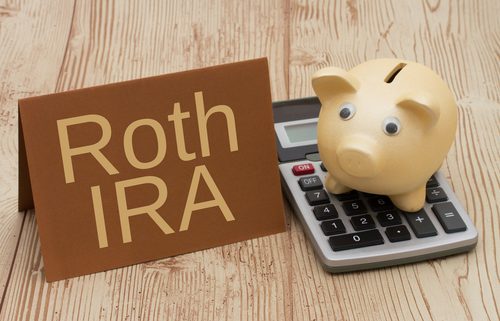What is a Self-Directed Roth IRA?
A Self-Directed Roth IRA is a tax-benefit retirement account that lets you make 100% tax-free withdrawals when you’re entering retirement. But while you might have heard of the Roth IRA, what does it mean when someone slaps that label “self-directed” on top of it? Below, we’ll address some of the most common questions about the Self-Directed Roth IRA—including what it is, how it works, and how you might be able to use it to build the kind of retirement portfolio you’ve been dreaming of.
The Self-Directed Roth IRA: Basic Points
Let’s start with the basics, breaking down this type of account word-by-word.
- An IRA is an individual retirement account, which means you get tax benefits from contributing to one over time. You can open an account like this through a brokerage, or even have the brokerage act as the custodian on the account—which means an administrative role. But more on that later. The key point to remember for now is that an IRA gives you access to retirement investing in which your investments can grow without the taxes that come if you were using a general taxable brokerage account for your investing.
- A Roth IRA refers to an IRA that lets you put after-tax money into the account. This means that you’ll still pay income tax on the money that you contribute toward the account. But the advantage? Once the account matures and you’re ready to take money out in retirement, those distributions will come 100% tax-free, including the growth in the account. This gives you a major incentive to store money for the future.
- Self-Direction is what happens when you have a Roth IRA, but that you take more control over it by working with a custodian on the account. This custodian administers the account while you make the decisions. With you making the investment decisions, you can greatly increase the amount of diversification you hold within the portfolio, expanding (if you want) to asset classes that include gold and other precious metals, real estate, private companies, and more.
When you add it all together, you get a Self-Directed Roth IRA, which is one of the most powerful ways to save money for retirement. But let’s break down what self-direction really means and help dispel some myths about how it works.
Self-Directing a Roth IRA
When you direct the Roth IRA yourself, you can choose what investments go into it by instructing your custodian to make the purchase on your IRA’s behalf. Like any retirement account, a Roth IRA needs to be kept separate from the rest of your investments so that you don’t realize any personal benefits from it in the short-term future, which would defeat the purpose of retirement investing.
With self-directing, you’re in charge. You can make any investment that is a valid retirement investment, which opens up all sorts of possibilities. You can issue private notes from the Roth IRA, for example, investing in a car note, for example, as an asset. You can purchase tax liens within the account. You can purchase property and have the rental income go to your retirement—assuming that you don’t rent it out to someone you’re related to!
The Self-Directed Roth IRA is truly one of the most powerful ways to build a retirement portfolio. But it helps to work with a custodian you can trust. Interested in learning more about Self-Directed IRAs? Contact American IRA, LLC at 866-7500-IRA (472) for a free consultation. Download our free guides or visit us online at www.AmericanIRA.com.









